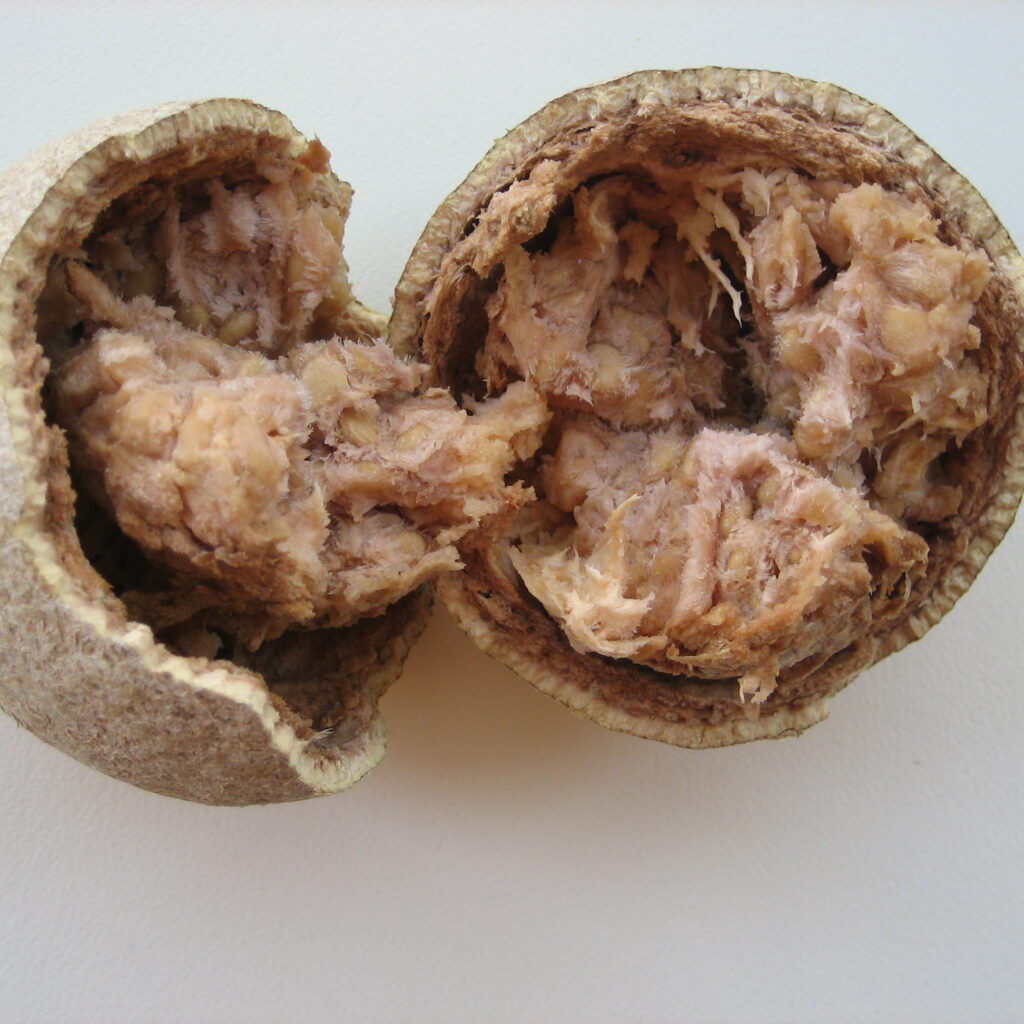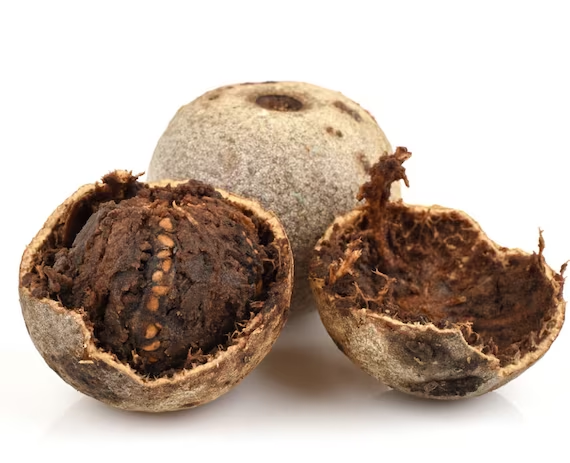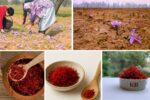The wood apple, scientifically known as Limonia acidissima, is a distinctive tropical fruit native to the Indian subcontinent and Southeast Asia. Known for its hard, woody shell and aromatic, tangy pulp, wood apple holds a significant place in the culinary, medicinal, and cultural traditions of several Asian countries. This article explores the origin, uses, health benefits, and ultimately reveals the largest producer of wood apple in the world.
What Is Wood Apple?

Wood apple is a tropical fruit belonging to the Rutaceae family, which also includes citrus fruits. The fruit has a tough outer shell that needs to be cracked open to access the brownish, aromatic pulp inside. The pulp is typically sweet-tart, containing numerous seeds, and is enjoyed fresh, in beverages, preserves, and traditional dishes.
Known by different names such as bael fruit in India, koth bel in Nepal, and vilvam pazham in Tamil Nadu, wood apple thrives in arid and semi-arid tropical regions. It is a drought-tolerant species, making it particularly valuable in regions with inconsistent rainfall.
Cultural and Historical Importance
Wood apple has been revered in South and Southeast Asian cultures for centuries. In Hindu mythology, the tree and its fruit are sacred to Lord Shiva and often used in religious offerings. Traditional medicine systems like Ayurveda and Siddha highly value wood apple for its digestive, anti-inflammatory, and detoxifying properties.
The Largest Wood Apple Producer in the World: India

India is the largest producer of wood apple in the world.
Why India Leads in Wood Apple Production
1. Native Habitat and Widespread Cultivation:
India’s varied tropical and semi-tropical climates, especially in states like Madhya Pradesh, Uttar Pradesh, Rajasthan, Bihar, Maharashtra, and Tamil Nadu, provide ideal growing conditions for wood apple trees.
2. Deep Cultural Integration:
The wood apple’s sacred significance in Hindu rituals and widespread culinary use in traditional chutneys, jams, and sherbets ensure steady demand and cultivation.
3. Extensive Traditional Medicine Usage:
Wood apple has been used in Ayurvedic medicine for treating digestive disorders, respiratory ailments, and infections, contributing to its cultivation and collection.
4. Drought Tolerance and Agroforestry:
Its ability to grow in poor, dry soils makes wood apple valuable in arid regions, supporting rural livelihoods and reforestation efforts.
Other Major Wood Apple Producing Countries
While India dominates wood apple production, several other countries also grow the fruit:
Sri Lanka:
Highly valued in Sri Lankan cuisine and traditional medicine. Often processed into wood apple juice, jams, and preserves.
Thailand and Myanmar:
Used in regional recipes and folk remedies.
Indonesia and Cambodia:
Cultivated in home gardens and forested areas, though on a much smaller scale compared to India.
Nepal:
Known locally as koth bel, wood apple grows wild in southern plains and is consumed fresh or in traditional preparations.
Nutritional and Health Benefits of Wood Apple

Wood apple offers numerous health benefits due to its rich nutrient profile:
- High in Dietary Fiber: Supports digestion and prevents constipation.
- Rich in Vitamins and Minerals: Contains Vitamin C, calcium, phosphorus, and iron.
- Digestive Aid: Traditionally used to treat indigestion, diarrhea, and gastric ulcers.
- Antimicrobial Properties: Helps combat bacterial and fungal infections.
- Anti-inflammatory Effects: Used to relieve joint pain and inflammation.
- Blood Sugar Regulation: Contains compounds beneficial for managing blood glucose levels.
Culinary Uses of Wood Apple
Wood apple’s sweet-sour flavor lends itself to a variety of culinary applications:
- Wood Apple Sherbet: A popular summer drink made by blending the pulp with jaggery, spices, and water.
- Chutneys and Pickles: Combined with spices for tangy accompaniments.
- Preserves and Jams: Its unique flavor pairs well with jaggery and sugar.
- Fresh Consumption: Eaten straight from the shell, often mixed with salt or sugar.
Economic Importance in India

Wood apple plays an important role in India’s rural economies:
- Income for Rural Communities: Collected from wild and semi-wild trees, supporting livelihoods.
- Non-Timber Forest Product: Sustainable collection practices contribute to biodiversity conservation.
- Local Markets: Sold fresh and as processed products in local and regional markets.
- Ayurvedic Industry: Used in traditional medicines and herbal supplements.
Challenges in Wood Apple Production
Despite its cultural and medicinal importance, wood apple production faces several obstacles:
- Short Harvest Season: Available mainly between March and July, limiting year-round availability.
- Perishability: The pulp spoils quickly once extracted, requiring prompt processing.
- Limited Commercial Plantations: Most production remains informal, with few organized orchards.
- Underdeveloped International Markets: Limited global awareness and demand.
Future Prospects for Global Markets

With rising interest in exotic, functional, and medicinal fruits, wood apple has significant potential in international markets:
- Value-Added Products: Development of wood apple jams, syrups, herbal teas, and supplements.
- Ayurvedic and Natural Health Products: Growing global demand for plant-based remedies.
- Export Opportunities: Targeting diaspora communities and health food markets.
- Agroforestry Integration: Promoting sustainable cultivation practices in arid regions.
Conclusion
India’s diverse climates, rich culinary heritage, and cultural reverence for the wood apple have solidified its status as the largest producer of wood apple (Limonia acidissima) in the world. From sacred rituals to village markets, this resilient, drought-tolerant fruit remains a cherished staple.
While countries like Sri Lanka, Thailand, and Nepal cultivate wood apple on a smaller scale, none rival India’s volume, traditional integration, or economic reliance on the fruit. As global awareness of wood apple’s health benefits and culinary potential grows, this ancient fruit is poised for a renaissance both within India and abroad, carrying forward a legacy rooted in nature, wellness, and tradition.





